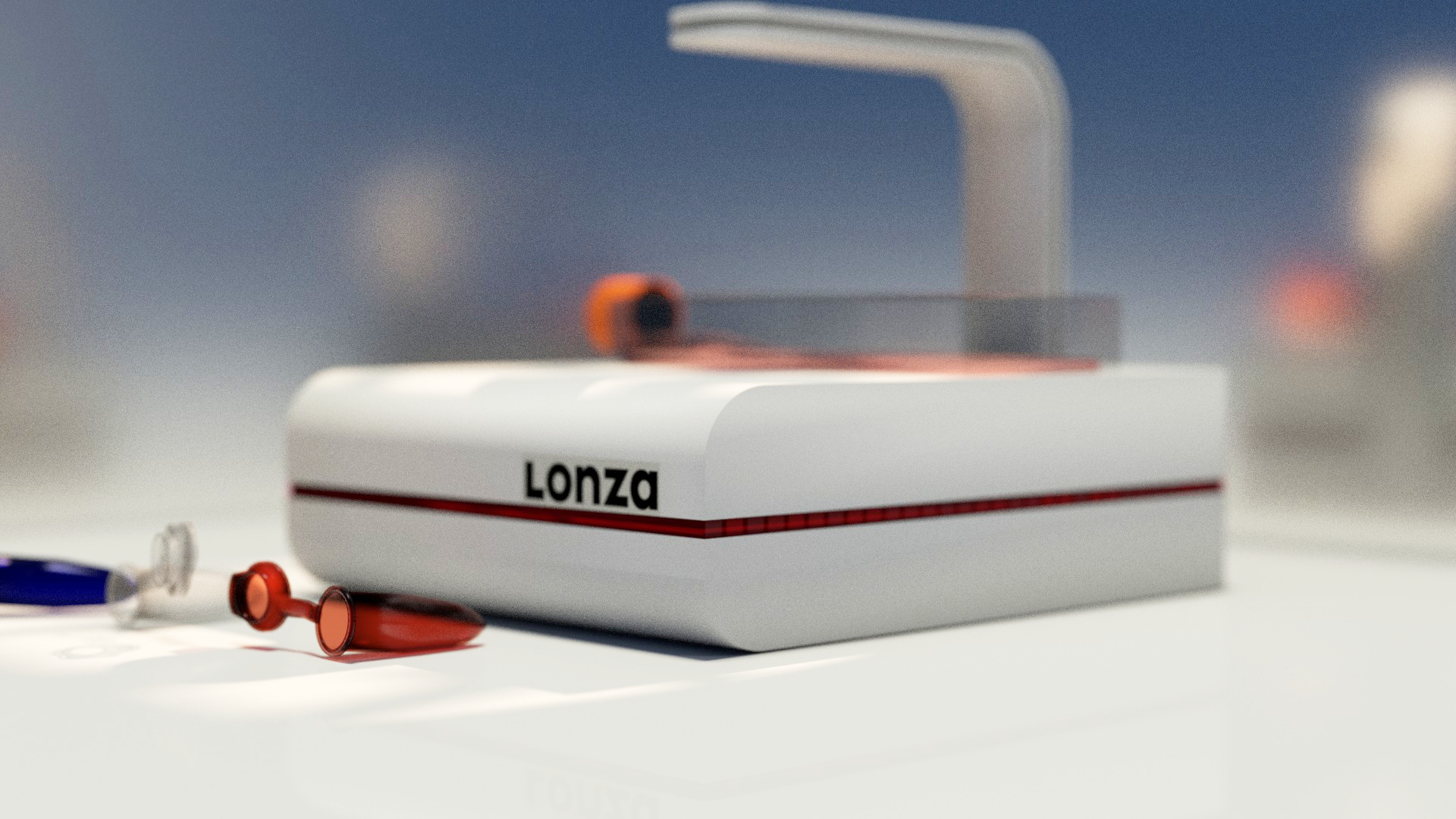Anyone who has ever wondered how to present a product that is in need of explanation and technologically sophisticated and that is both attractive in terms of advertising and understandable and correct (e.g. in terms of its operation) automatically thinks about computer animation.
Photo-realistic and highly aesthetic 3D representations are increasingly becoming the standard, the formerly typical "animation look", which on the one hand made computer animations identifiable as such and, due to its cool or artificial atmosphere, did not always match the look & feel of a campaign, is gradually disappearing.
The reasons for this lie on the one hand in the improvement of the physical accuracy of 3D animations: Under the keyword "PBR" (English for physically based rendering ) the scene is currently discussing the tendency in the design of Materials and surfaces come as close as possible to the actual paths of light in creating a visual impression.
On the one hand, improved shader algorithms and optimized computer performance play a major role, on the other hand, the average improved quality of digital photos and videos in all areas of daily life influences consumers' perceptions: the boundaries between digitally processed photos or videos and synthetically through animation created worlds are becoming increasingly blurred, even the practiced eye is more difficult to distinguish. The merging of real image and computer image is now completely seamless.
In addition to all these technical and creative possibilities, there is usually no precise idea on the part of potential clients about the costs to be expected in the implementation of such an approach. It is true that, unlike a few years ago, the performance of software and hardware has led to a democratization of the productions, which enables smaller animation studios with manageable budgets to deliver quality that is suitable for Hollywood. Fortunately, the creativity of talented CG artists has displaced monopolistic positions from studios with large equipment pools.
Nevertheless, the parameters that influence the costs are often elsewhere: Which construction drawings (e.g. in the form of CAD data) can the customer deliver for a device? In which environment should the device be visually integrated? Which functionalities should be mapped to what depth, with what level of detail must objects be constructed?
Above all, the detailed and advisory discussion with the executive animation agency must ensure that an offer then delivers what it promises.



